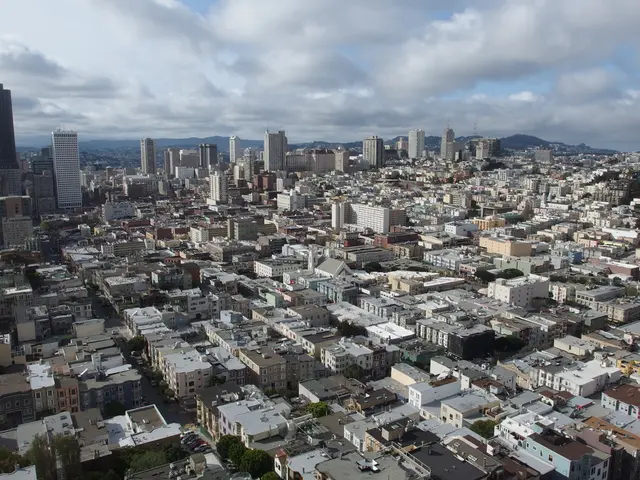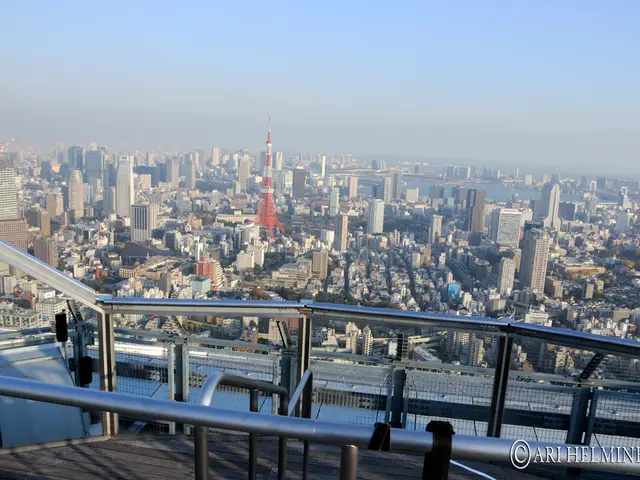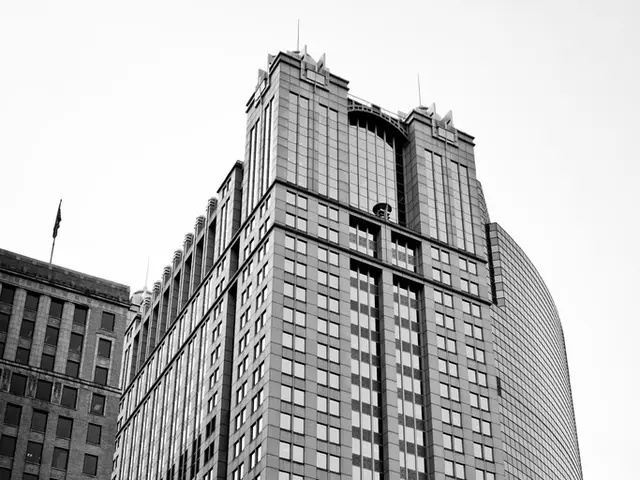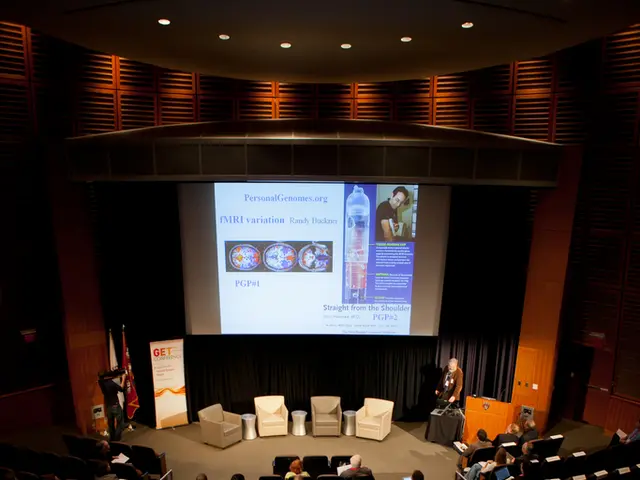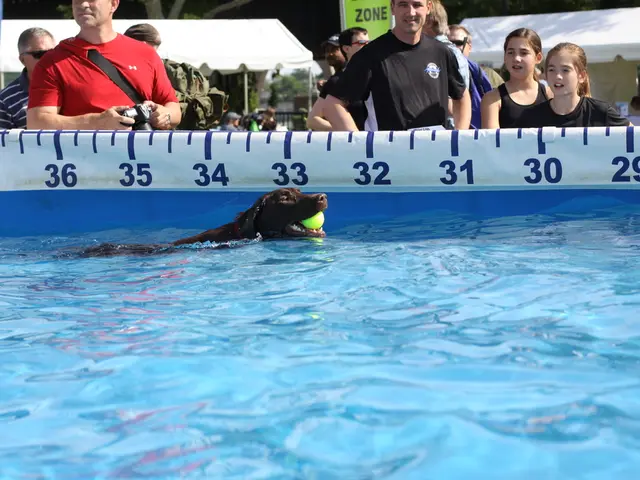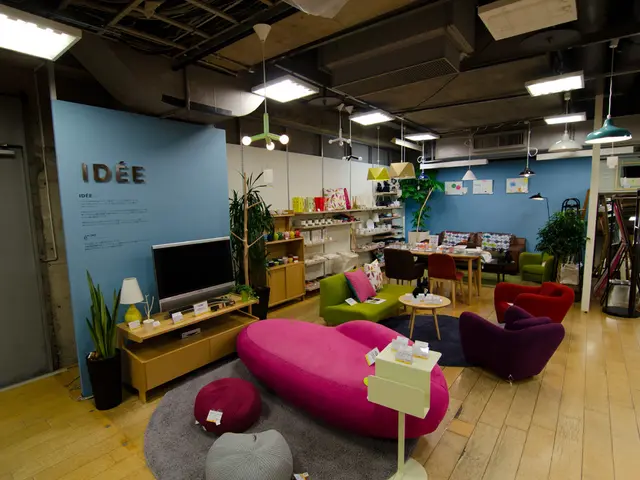Alpine Relief & Biwak Box: A Mountainous Museum Adventure in Munich's Alpine Museum
Alpine Relief and Historical Bivouac Box Exhibited at Alpine Museum - Alpine Museum Exploration: Unveiling Alpine terrains and historical bivouac sites
Hey there, let's dive into the revamped garden of Munich's Alpine Museum, shall we?
Mountain lovers, gather 'round! The German Alpine Club (DAV) has given Munich's Alpine Museum a facelift, and it's a veritable paradise for mountain enthusiasts. You'll find an authentic Alpine relief, a historical biwak box from the Zugspitz region, and the original Höllentalangerhütte from 1893/1894. The Alpinum, home to protected alpine plants like violets and edelweiss, has also had a makeover.
Miniature Mountains - Sculpted in Sand
The pièce de résistance? An approximately 30 square meter large Alpine relief, crafted using cutting-edge 3D printing technology on a sand base. This bad boy provides a detailed and intricate representation of the entire Alpine arc at a scale of 1:100,000, with heights exagerated for better visibility. Individual peaks and locations are marked and labeld with gleaming brass.
The garden also boasts a memorial stone for the Jewish mountaineers excluded from the Alpine Club and some bouldering stones.
Barrier-free nature exploration
The garden, much like the Alpine Museum itself, is now entirely accessible, making the 6,000 square meter area on Prater Island a haven for all. The aim was to design the space not only in a natural way but to use it as a dazzling museum exhibit.
The museum itself reopened after a three-year construction period about a year ago, undergoing a modern renovation for €10.5 million. The approximately 600 square meter exhibition and event space also houses a gastronomic area and a library.
A Climate Neutral Masterpiece
The building was also designed with an eye on climate protection, eschewing air conditioning as part of the DAV's mission to achieve climate neutrality by 2030.
The permanent exhibition covers more than 200 years of mountaineering history, from its scientific beginnings at the end of the 18th century to today's adoration by mountaineers across the globe.
Mountains* DAV* German Alpine Club* Munich* Plants* 3D PrintingEnvironmentAccessibility
Without getting too technical, large-scale 3D printed alpine reliefs, like the one in the Alpine Museum, aim to offer visitors a tangible representation of the mountainous terrain. They're usually fabricated from robust materials like resin or plastic composites and may even feature color printing to intensify the topographic details. The scale can vary, typically falling between 1:25,000 and 1:50,000, providing both detail and manageability. The iconic peaks included in the relief would likely include prominent Alpine mountains such as Zugspitze, Mont Blanc, the Matterhorn, and others from Germany, Austria, Switzerland, and Italy.
Need more specifics? The German Alpine Museum or their official publications would be your best bet for the relief's precise scale, materials used, and which peaks are depicted. Enjoy your mountainous adventure!
Employment policy is crucial for the German Alpine Club (DAV), as they aim to achieve climate neutrality by 2030, thereby incorporating it into their environmental-science and technology strategies.
The Alpine Museum, under the guidance of DAV, has incorporated a barrier-free employment policy, making the museum and its garden accessible to all, thereby attracting a diverse lifestyle demographic.
In the field of home-and-garden, 3D printing technology has been employed to create a large-scale alpine relief in the Alpine Museum, providing visitors with a tangible representation of the mountainous terrain, aligning with the club's scientific emphasis and mission.

